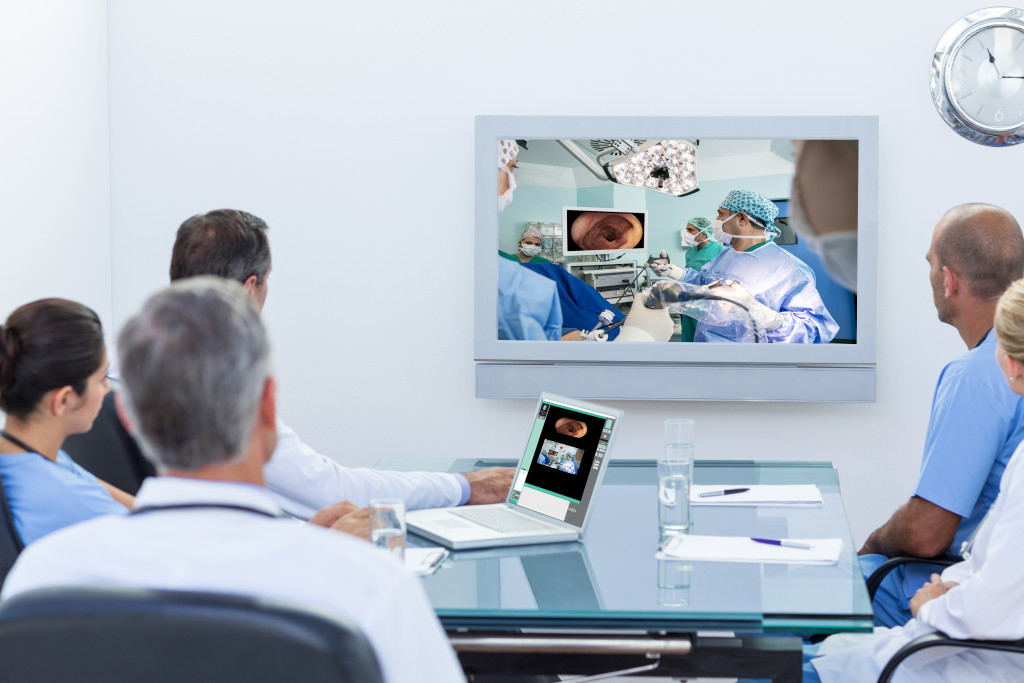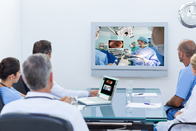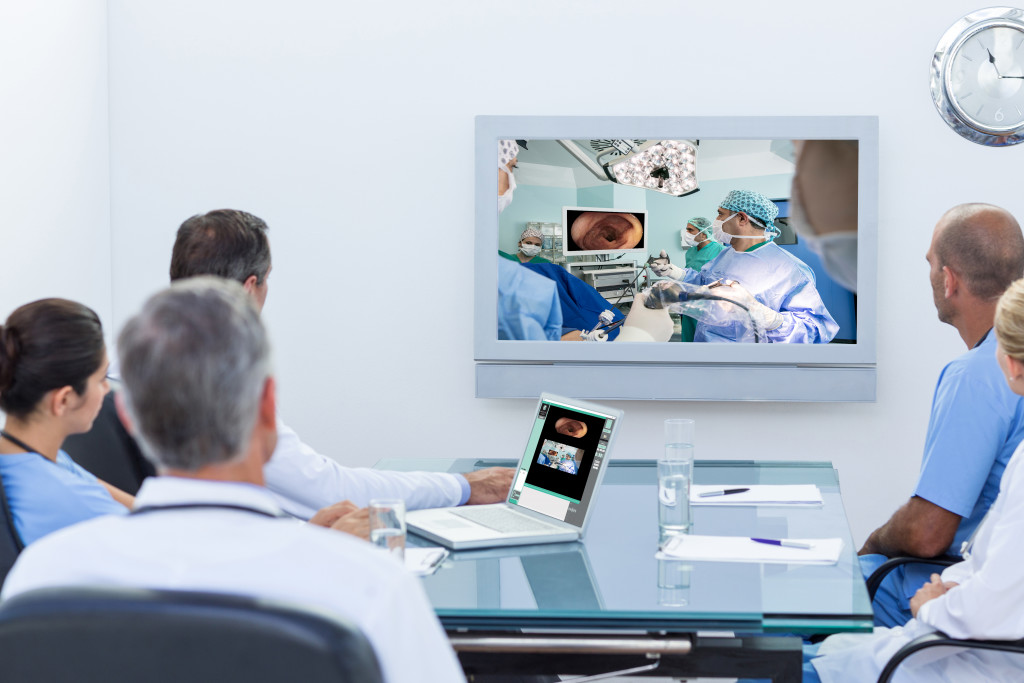Product Description
China is a country with a vast territory and an unbalanced economic development. There is a large gap between basic education and medical care. Better healthcare coverage is hard to come by in less developed regions. However, in recent years, with the development of science and technology, the use of advanced communication technology, such as telemedicine based on video conferencing systems, has radiated medical assistance from central hospitals to remote areas, and promoted medical and health reforms. The overall medical level of our country has been greatly improved. . The application characteristics of video conferencing in telemedicine include:
1. Remote consultation.
Through this system, experts and scholars around the world can study diseases together, guide treatment, conduct video conferences, academic research and other work, form a communication platform for doctor-patient interaction, and achieve rapid sharing of medical resources. Using the video conference system for remote diagnosis, experts can check the patient's medical record, treatment process, and patient's status in time. After such a comprehensive analysis, the most suitable treatment method can be discussed. Sometimes due to the complicated condition of the patient, it may be necessary for different hospitals. Expert diagnosis and treatment, by sharing the patient's medical records, examination results, and the patient's state, find the source of the disease, and draw the best treatment plan.
2. Surgery teaching
Remote video systems can be used for distance teaching and video training in the medical industry. It can synchronize the entire operation of the doctor and the video data of the medical equipment to the interns or other observers, and support real-time recording to achieve the purpose of teaching or academic communication. Each classroom can connect multiple large operating rooms through remote video, observe the surgical process in real time, and learn knowledge in the case. By watching the surgery process in real time, students can more truly feel the tense atmosphere of life and death at the scene, see the courage and persistence of the doctors during the operation, and hear the tacit words of the medical team when they cooperate.
3. Video conferencing
The system can be applied to the most basic video conferencing, for the central hospital to hold monthly meetings with its subordinate hospitals, daily meetings, etc. The teleconferencing feature of video conferencing can quickly organize a planned meeting. Usually before the start of the meeting, the meeting initiator describes the basic information of the meeting, the meeting agenda, uploads meeting materials in advance, selects the participants to quickly organize and notify the meeting.

 Your message must be between 20-3,000 characters!
Your message must be between 20-3,000 characters! Please check your E-mail!
Please check your E-mail!  Your message must be between 20-3,000 characters!
Your message must be between 20-3,000 characters! Please check your E-mail!
Please check your E-mail! 


